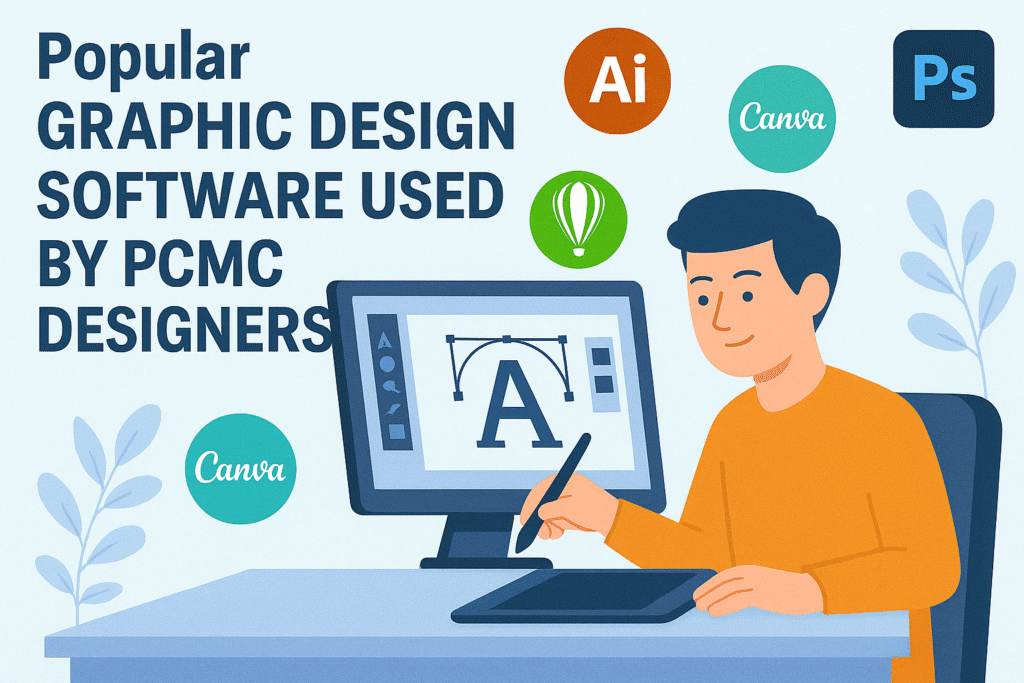In 2025, Virtual Reality (VR) and Augmented Reality (AR) have moved far beyond gaming. They are now powerful tools for students, professionals, and IT companies, changing how we learn, train, collaborate, and innovate. Whether it’s immersive learning environments, virtual meetings, or real-time AR-assisted tasks, VR and AR are redefining productivity and engagement.
What Is the Difference Between VR and AR?
- Virtual Reality (VR) – Creates a fully simulated environment using VR headsets like Meta Quest 3, HTC Vive XR Elite, or PlayStation VR2.
- Augmented Reality (AR) – Overlays digital content in the real world through AR glasses or mobile devices, such as Apple Vision Pro or Microsoft HoloLens 2.
Both technologies are part of Extended Reality (XR), which is expected to be a $100+ billion industry by 2030, according to
.
Why VR and AR Are Trending in 2025
The adoption of VR and AR has exploded thanks to:
- Remote Work Growth – Virtual offices and 3D collaboration spaces.
- E-Learning Demand – Interactive courses for schools and universities.
- Corporate Training – Simulations for healthcare, manufacturing, and aviation.
- Retail and E-Commerce – AR try-on experiences for clothes, furniture, and cosmetics.
- Healthcare Innovation – Surgery planning and medical training using VR/AR.
Benefits of VR and AR for Different Users
For Students
- Immersive Classrooms – Virtual science labs, history tours, and 3D visual learning.
- Remote Collaboration – Work on virtual projects with classmates globally.
- Skill Development – Learn programming, architecture, or design in a 3D environment.
For Professionals
- Enhanced Presentations – Use 3D models to explain complex concepts.
- Virtual Meetings – Replace video calls with life-like 3D meeting spaces.
- AR Assistance – Real-time data overlay during technical or fieldwork.
For IT Companies
- Product Design – Build and test products in virtual prototypes.
- Employee Training – Safer, cost-effective training simulations.
- Customer Engagement – Use AR for interactive product demonstrations.
Top VR and AR Tools in 2025
- Meta Quest 3 – Affordable and versatile VR headset.
- Apple Vision Pro – Premium AR/VR device with ultra-high resolution.
- Microsoft HoloLens 2 – Enterprise-focused AR glasses.
- Unity – Game engine for VR/AR app development.
- Unreal Engine – Advanced graphics for immersive experiences.
Key Points of this article
- virtual reality learning tools
- augmented reality for education
- VR training for companies
- AR-assisted work solutions
- immersive VR workspaces
- future of VR and AR in 2025
Challenges and Considerations
- Cost of Devices – High-end headsets are still expensive for many.
- Motion Sickness – Some users experience discomfort during VR use.
- Content Development – Creating high-quality VR/AR content takes time and resources.
Tips for Effective Use of VR and AR
- Start with Affordable Devices – Test entry-level headsets before scaling.
- Focus on Specific Goals – Use VR/AR for tasks where they add real value.
- Combine with Traditional Tools – Keep a hybrid approach for maximum efficiency.
- Train Users Properly – Ensure comfort and familiarity with VR/AR controls.
Future Outlook
By 2030, VR and AR will be standard tools in schools, offices, and industries. Students will attend immersive classrooms, professionals will work in virtual offices, and IT companies will innovate in mixed reality environments. The shift is inevitable — and starting in 2025 is the smartest move.



